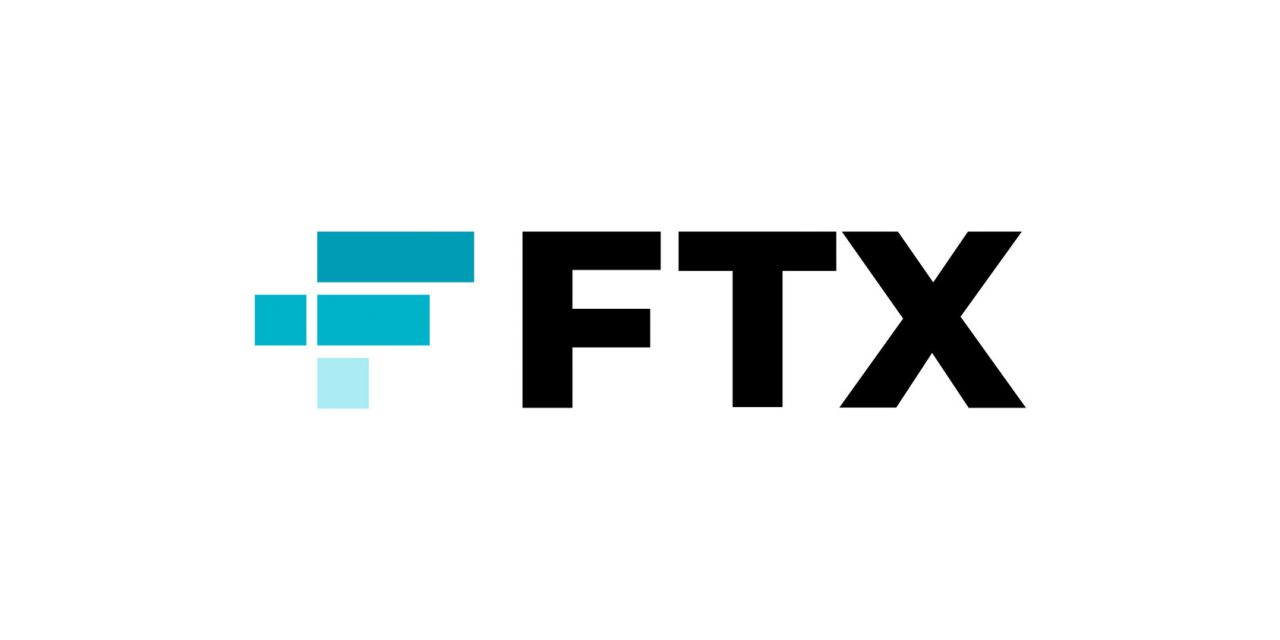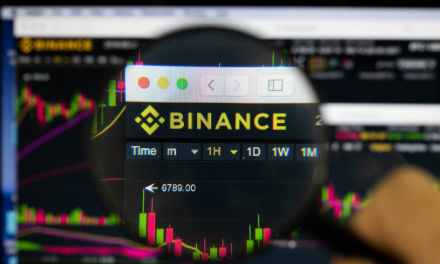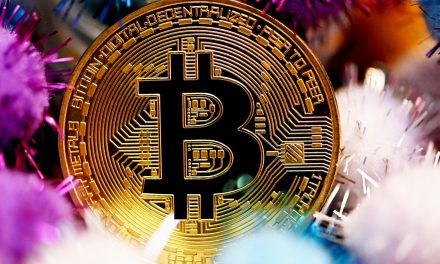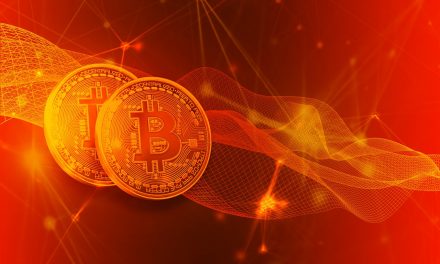FTX Bankruptcy Fiasco: Value Surges in OTC Markets as Estate Rakes in $7.3B Amid Legal Tangle
Remarkable Asset Recovery
As one of the most convoluted bankruptcy cases in the U.S. history unfolds, FTX, the beleaguered crypto exchange, seems to be traversing a path to financial recovery. This bankruptcy narrative, awash with legal intricacies, has witnessed a staggering accrual of $200 million in legal fees alone. With the criminal trial of its Founder and CEO, Sam Bankman-Fried, on the imminent horizon, the complexities are far from over.
However, within the tumultuous vortex of over-the-counter markets—a sphere where investors indulge in the trading of bankruptcy claims—a beacon of fiscal hope emerges for FTX creditors. Thanks to relentless efforts to amass assets, the anticipated payouts for the beleaguered creditors have experienced a threefold increase this year. As per data collated by crypto services provider, Matrixport, creditors can now anticipate payouts averaging 37 cents on the dollar, a robust climb from the meager 10 cents at 2023’s onset.
Matrixport’s insights illuminate this ascent in asset value as a promising sign for FTX’s creditors. When enterprises like FTX, ensnared in financial turmoil, opt for Chapter 11 bankruptcy protection, a subsequent environment is created where creditors can offload their credit claims to speculators eyeing distressed assets. The fluctuating prices of these claims typically act as barometers for the probable recoveries for the victims.
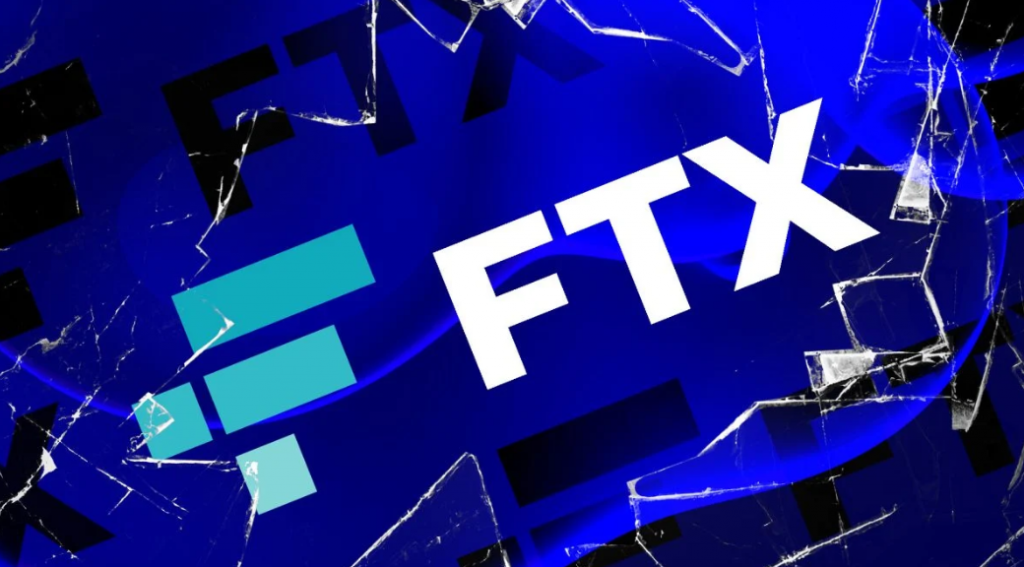
The Reinvigoration of FTX’s Fortunes
Attributed to the adept leadership of John Ray III, a seasoned connoisseur of bankruptcy law, the recovery of assets amounting to $7.3 billion is not just a sign of rejuvenation but also a testament to effective asset recovery strategies. Under his meticulous supervision, FTX has not only retrieved a substantial sum in cryptocurrencies and cash but has also acquired real estate assets in the Bahamas, worth $200 million.
The meticulous and thorough recovery process by FTX seems to be in its conclusive stages, yielding beneficial results not only for the company but also enriching the creditors with potential additional payouts from prospective clawbacks. These include noteworthy claims against Binance, a former competitor, and an investment firm related to Michael Kives, a one-time aide to the Clintons.
Additionally, FTX holds a coveted stake in AI startup Anthropic, acquired with customer funds, thereby giving the creditors a legitimate claim. While FTX considered selling this stake, a prospective investment from Amazon has added a new dimension to the claims’ value.
The tumult in the claims market has not only intensified the demand among distressed asset investors but has also led to a competitive surge in the market. The stakes are high, and the distressed asset investment domain, spearheaded by entities like 507 Capital, is experiencing a clamorous demand for FTX claims, constituting a substantial majority of the overall trade volume in this segment.
The recent revelations about the reclaimed $7.3 billion assets have infused new vigor in claims investors, intensifying competition and attracting newer participants in the market. Different factors, including jurisdiction and the claim holder’s “cleanness,” play crucial roles in determining the actual price of a claim, causing a divide in the market, with larger claims acquiring higher prices.
The journey of FTX from its bankruptcy filing to the recent ascend in claim prices is a narrative marked by meticulous asset recovery efforts led by John Ray III.
The tumult, the surge in value, and the unwavering focus on asset recoupment all combine to form a narrative of rejuvenation and tentative hope, as all eyes remain fixed on the unfolding chapters of FTX’s financial odyssey. The intertwining tales of financial downfall and resurrection continue to shape the destiny of FTX and its stakeholders, making every development a critical watch for the global financial community.

